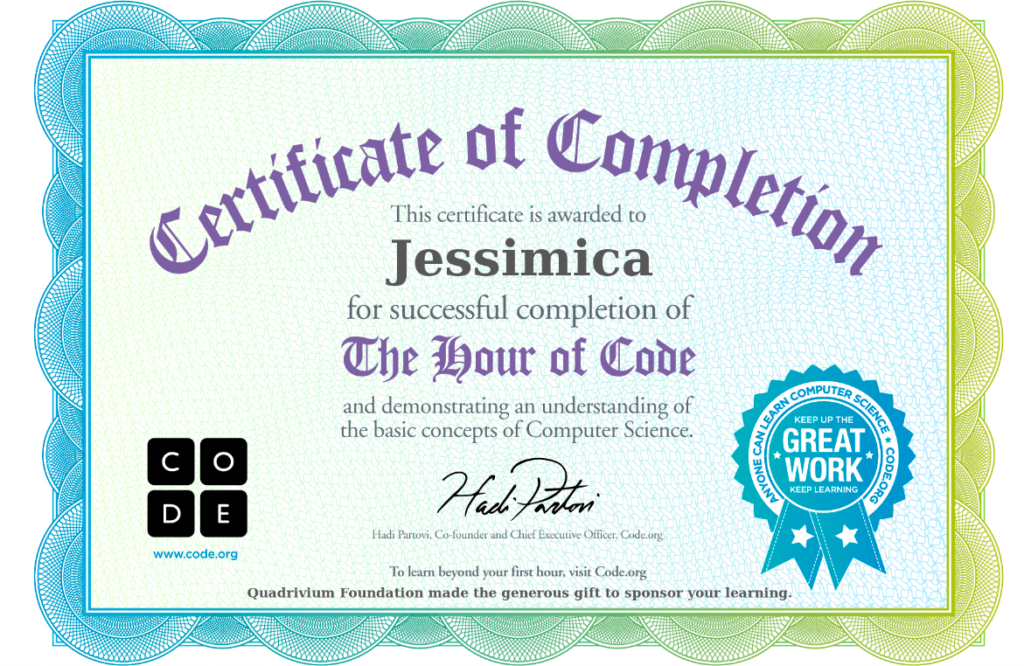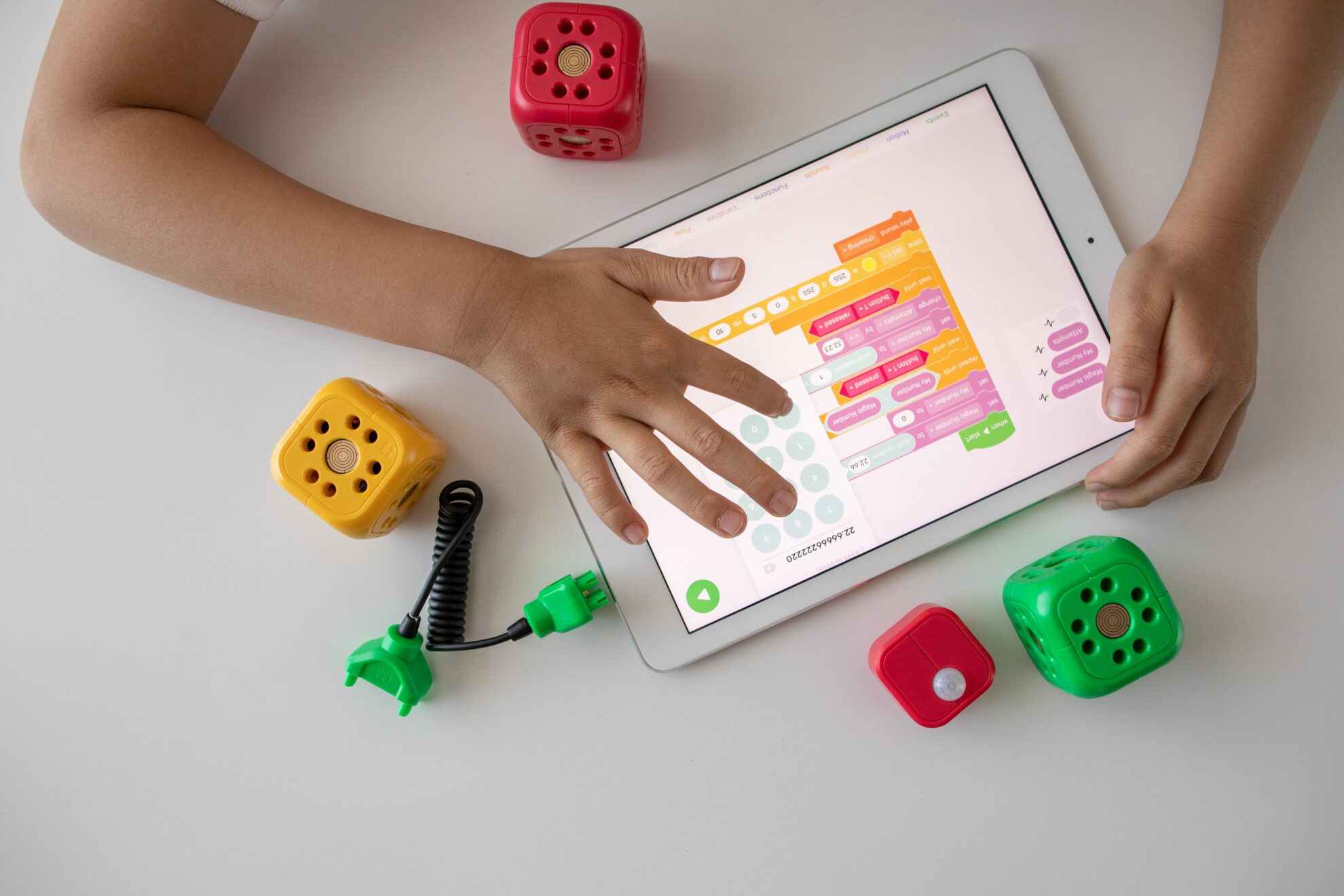Cover photo by Robo Wunderkind on Unsplash
In this post (click to jump to):

Learning Coding
(Scratch and The Hour of Code)
Today in technology class we learned all about coding and the various resources out there that provide students with both an introduction and space to practice code. We learnt a bit about computational thinking, which can be defined as:
The process of breaking down a problem into simple enough steps that even a computer would understand.
stephttps://teachyourkidscode.com/what-is-computational-thinking/
This was super interesting to learn about and it helped me feel a little more comfortable with the idea of teaching coding or using it in an assignment with my future students.
Positives
There are many benefits to teaching students coding, these are just a couple I came up with. I think, for students apart of the current and future generations, it is important for them to learn about coding, computer language, and computational thinking because it is inevitable for them to be surrounded by technology in their lifetime. Technology is becoming more and more integrated into our lives and into society, so it is important that they have those skills and understanding. Many of the students in the future generations will likely have to work with technology in their lives, and teaching them about coding can build their confidence with tech as well as inspire them to work with it in any future careers. Not only does teaching coding help inspire future careers in tech (which is something that will likely be in high demand due to our dependability on it) but it also opens doors for teaching other subjects too. As discussed in class, there are resources that teach multiple subjects ranging from language arts to physics. Our professor made a great point in class about how learning other subjects through coding can make the other subjects more enjoyable for students, many of who may dislike certain subjects greatly.
Possible Drawbacks
A few drawbacks of using coding sites would be the fact that there must be enough devices for each student. Some schools may not have enough devices for the students or any devices at all. It also requires a decent wifi connection that can handle 30 or so students on it, something that certain schools may not have access to. Some schools have more money and resources than others. We should also recognize that some parents may not agree with their child being exposed to too much screen time on computers and ask that their children don’t participate.
Does This Topic Pair With My Desired Grade Level?
At the beginning of technology class, I was asked to state what my favourite grade to teach would be. I responded by explaining that I’d love to experience any grade level as they all have their differing challenges. However, it’s important to note that as of right now I’m leaning toward teaching children ranging from grades 3-5. I find that students of this age tend to be quite capable, independent, and sometimes more oppositional to school at this point as they’ve had a few years of it and have realized it’s no longer fun and games all of the time. Because of this, some students may be doubtful of themselves when it comes to their mathematics abilities. In our technology class, we were asked to ponder if computation thinking and coding would have the chance to turn math abstractions into concrete forms for students through inquiry projects. I believe for grades 3-5 that this is true, I can see grade 3-5 students taking on an inquiry project using coding that involves some sort of math. Though I can see this going well for this age group, I think it’s important to consider that the younger we go that this may not be as true. Kindergarteners and grade ones are often still learning basics and may not be able to work independently enough yet to take on an inquiry project. This does not mean computation thinking and coding cannot be introduced at this stage, but I can see it being more of a free-play block for them to mess around with it and get comfortable with it rather than as an inquiry project.
Resources
- Computational Thinking
- Hour of code
- CodeBC
- Connects to BC Curriculum and competencies
- Scratch
- Lots of coding fun! Students can engage in the creation of cross-curricular games
- Studio Code
- Has courses to teach coding through little games and puzzles!



